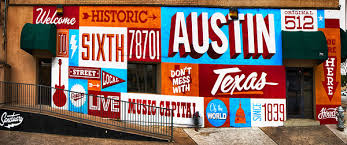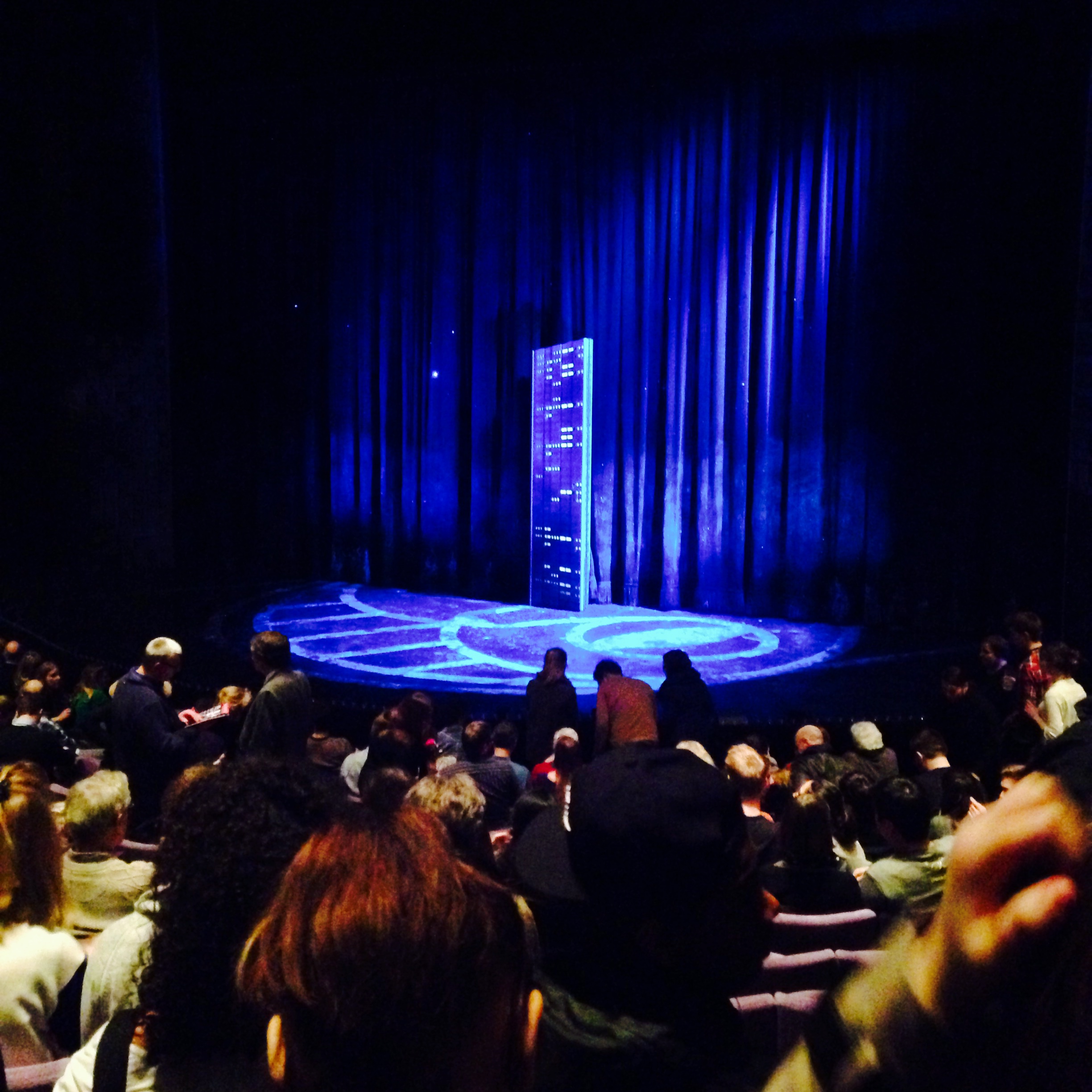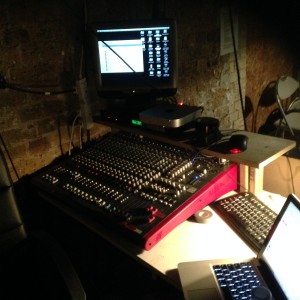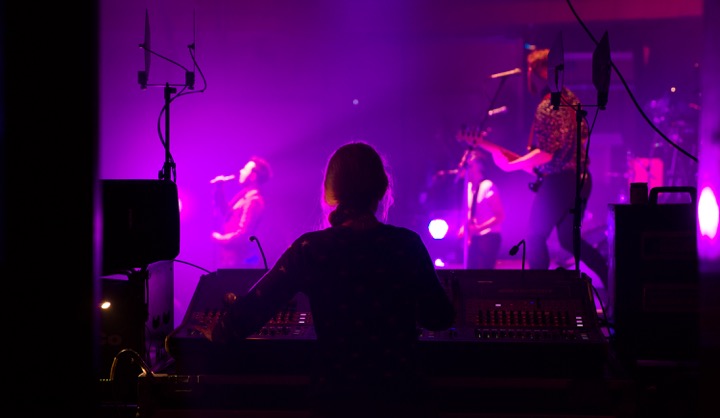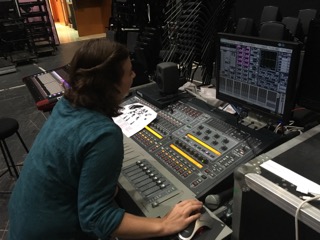
Preparing for the Start of the School Year – Staff Training
As the start of the school year approaches there are many things that need to happen before the first events take place at UWL. Checking racks and carts to make sure everything is working. Installing fresh projector lamps where needed, and finishing up the last of the cable repairs to name a few. The overall goal is to be prepared for the busy season, which is virtually the entire semester.
Working for the school many of my staff members leave for the summer and won’t touch a soundboard until they are back in the fall. Just like in elementary school with such a long summer break many items are forgotten and time has to be spent relearning the skills and procedures, and then start building on the new ones. In preparation, student employees are asked to come to campus a week early for 40 hours of staff training before classes and events start on opening weekend.
This week is vital to getting the team back into the tech regime as well as setting the tone for the entire season. This is the one and only week for the entire year when the pressure of events are off and time is more flexible to address issues and try new things. I find this week to be one of our most important as it sets the tone for the year as well as gets everyone back up to speed, making the year easier for me. I take full advantage of this week, and carefully pick and choose what we will do, to make the best of our time.
Here are the topics we will be covering and why.
Technology
We spend a lot of time on technology; it’s what we do, and what our clients need the most assistance with. I make sure we always spend time on our primary audio systems as well as the lighting systems. We work toward advancing the existing skills by doing drills and exercises that will push the staff’s limits. Substantial time is spent on any equipment pieces that are new.
This year the technology training is going to complete via solo activities. This is purposely designed due to having a fairly new staff and needing those students to gain independence. Seven different stations designed for each person to refresh and improve their skills. The goal is to get everyone to their next level in time for our new building. The stations this year focus on mixing, LED light, faster setups, house lighting, troubleshooting, and more.
Emergencies
We work through our emergency procedures twice a year, but fall is where we get really in-depth. We combine the 3 teams that are most likely to need to react in an emergency and work together to make sure everyone knows their role and responsibilities. We cover medical situations, building safety, fire, inclement weather, and active shooter situations. These students also receive AED/CPR training from a certified instructor as well as basic first aid.
Teamwork
Teamwork is important to me; I think it is vital to be able to work together to create a successful event. We spend time developing how we work together by doing different exercises to see how people react and open dialogue about strengths and weaknesses. I usually ask for someone else within my office to lead this training so an outside perspective can offer advice to increase the team’s cohesiveness. Then throughout training, we build on these activates that expand on teamwork as well as offer some fun and competitiveness.
Communication
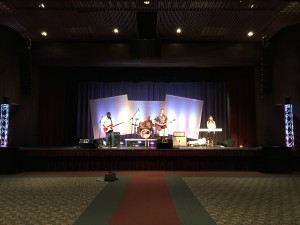 I’ve talked about the importance of communication before and it will always remain a forefront topic during our training. There is a great deal of communication that takes place in the learning and planning modes. The importance of good communications increases during an event. The emphasis is on different types of communication and how good communication can improve the success of the team. Each year we try to raise the bar on how the team uses communications to work together. An example of this is if the team struggled to work through conflict communication in the last year, we’ll spend time on that. Other topics could include leadership communication, directional communication, or even body language.
I’ve talked about the importance of communication before and it will always remain a forefront topic during our training. There is a great deal of communication that takes place in the learning and planning modes. The importance of good communications increases during an event. The emphasis is on different types of communication and how good communication can improve the success of the team. Each year we try to raise the bar on how the team uses communications to work together. An example of this is if the team struggled to work through conflict communication in the last year, we’ll spend time on that. Other topics could include leadership communication, directional communication, or even body language.
Customer Service
Customer Service in production technology is a whole lot different than customer service in say retail or restaurants. The customer isn’t always right and sometimes we just have to say no to some of their desires. Here we work to empower the staff to be able to help as necessary, offer advice for logistics, the best use of the venue and technology. It’s important that we develop the skills to communicate clearly with the customer, and address issues in a friendly manner. We work through how to tell a customer they can’t do something due to safety concerns or time constraints, or equipment possibilities, solving problems in a way that works for all parties involved.
Team planning
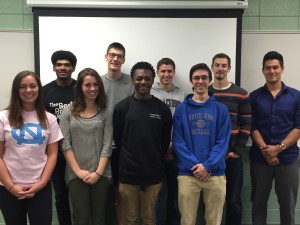 Finally, we spend time team planning or visioning. Usually, over a meal, we talk about what the team looks like now and what they would like to look like in the future. We talk about what procedures are working and which aren’t. Overall, we come up with a vision for the group that includes improvements through the year that makes the team better by continuing to learn, grow, and change as needed. Vision is important to me. When the team is involved in creating the vision and goals for the year, they will be more engaged in putting forth the effort that is needed to reach those achievements.
Finally, we spend time team planning or visioning. Usually, over a meal, we talk about what the team looks like now and what they would like to look like in the future. We talk about what procedures are working and which aren’t. Overall, we come up with a vision for the group that includes improvements through the year that makes the team better by continuing to learn, grow, and change as needed. Vision is important to me. When the team is involved in creating the vision and goals for the year, they will be more engaged in putting forth the effort that is needed to reach those achievements.
To conclude, preparation is important for the start of the year. Training, communication, and planning gives us the foundation to come together as a well-performing team. It’s not a one-time thing; the opportunity to improve and learn is continual. Next year we will be in a new building with hundreds of updates, new demands, and a new outlook on how we work as a unit and a team. While my focus for the moment is on training the staff for this year, my subconscious is already working to anticipate what will need to be done to prepare for the next year, when we move into a new facility. There will be more space, more technology, shifting customer expectations, and more deliverables expected from the team. One thing I feel confident about is that we will continue to work with the core concepts of technology, teamwork, communication, customer service, and team planning.
PS: more on the new building to come soon!



